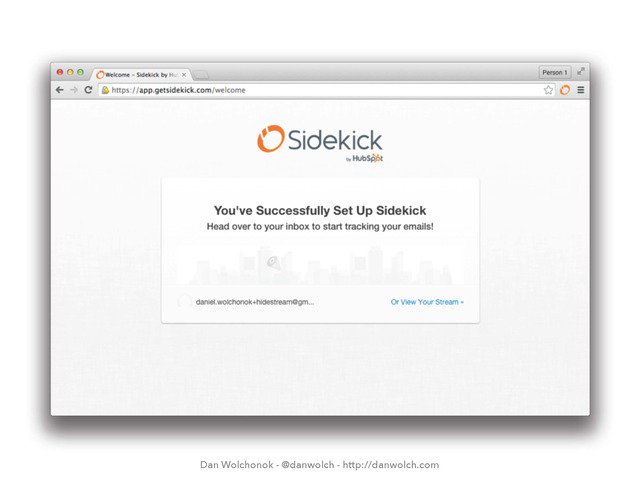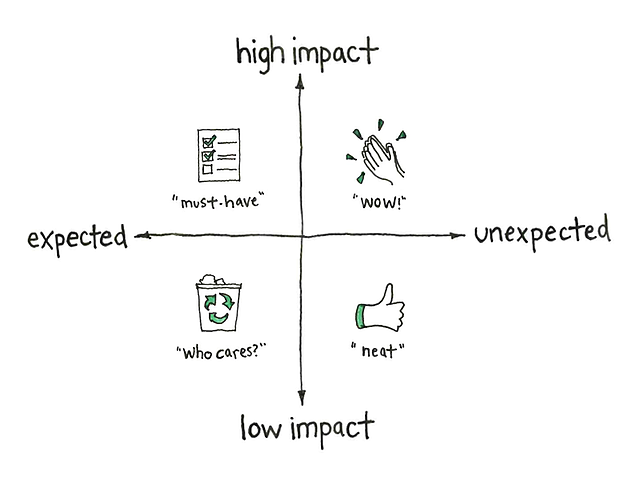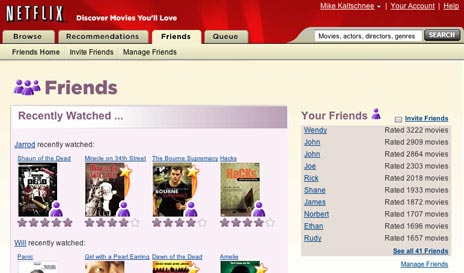Hiten Shah: Improve product focus to reduce churn

.png)

.png)
This article comes excerpted from Hiten Shah’s newly released ebook: 5 Habits to Building Better Products Faster. Over the past 10 years, Hiten has built and grown 8 different web-products, including Crazy Egg, KISSmetrics, and now Quick Sprout. Each of these companies used content marketing to drive the lion’s share of growth. Sign up for Hiten's SaaS Weekly newsletter to get a copy of the book delivered straight to your inbox, along with fresh business insights each Monday morning.
In SaaS, there is a need for speed.
That's why when your team learns that you have a churn problem, their first instinct is to run around like chickens with their heads cut off. They haphazardly apply one, four, or ten retention hacks, crossing their fingers that one of them will stop their user-base from rapidly shrinking. But taking fast undisciplined action doesn't ensure fast improvement—it's actually counter-productive.
When there's no thought-through strategy, the execution will inevitably fall flat. In order to move fast, you need to focus and prioritize. After 12 years of working in the industry, I've found that this single formula is the only way to deal with churn as quickly as it demands:
Focus on one thing at a time, in the right order to improve your customer retention ASAP. This focus doesn’t mean exchanging long-term product vision for short-term thinking. It means setting meaningful goals that allow you to track your success, adjust, and iterate.
Focus isn't something you can just snap your fingers and achieve. It's all too tempting to abandon ship as soon as it seems like something isn't working out. But churn is a lagging indicator—you can't expect to see improvements instantly. Rather, focus on nailing down your strategy and come up with realistic benchmarks that will indicate success. Here's HubSpot's Brian Balfour's 4-step process for picking where to focus your retention efforts:
Balfour applied his four-step process when HubSpot's email product Sidekick was facing a concerning churn problem. Most of their users used the product just once before churning, and the few that stuck around would drop off just a few weeks later.
Dan Wolchonok figured that if they could improve user onboarding, they could improve Sidekick's retention throughout the rest of the customer retention phases. But while most PMs would make several adjustments to onboarding at once, Dan knew better. HubSpot focused on one iteration at a time.
They tried adding an explanation to the empty login screen—didn't work. They tried making an onboarding video. Also, failed. Only after nine more failed experiments did they finally find a solution.

By driving users to their stickiest feature, email tracking, HubSpot was able to get users to reach an Aha! Moment from their product sooner and immediately start building habits around it. But it was only through several failed, focused attempts that they could find a retention strategy that worked for them.
To constantly improve your customer retention, you have to make your app more sticky. The trouble is knowing where to start. Is it more important to always focus on your core features? But then newer features you've recently built will fall by the wayside. Or do you focus on the features users use least? But maybe they're just bad features.
Gusto co-founder Tomer London suggests prioritizing features based on their impact (y-axis) and predictability (x-axis).

(source: Gusto)
Small changes to high-impact features are considerably more important than big changes to low-impact features. Here's the order in which you should prioritize.

Focus on what matters first, and once that's addressed cut out the distractions. With these priorities in mind, you can address churn as fast as possible.
Focus is critical for improving customer retention, but it can't ever be achieved without a full commitment. Set systems in place where you can get your whole team on the same page, working towards one unified goal. From there, delegate responsibilities so that people in different roles have ownership over projects that are necessary for achieving that goal.
With focus and the right priorities, you can work with your team to find not just an antidote to your churn problem, but lasting improvements to your app's features. You'll be able to differentiate your product, and work towards building something that lasts.